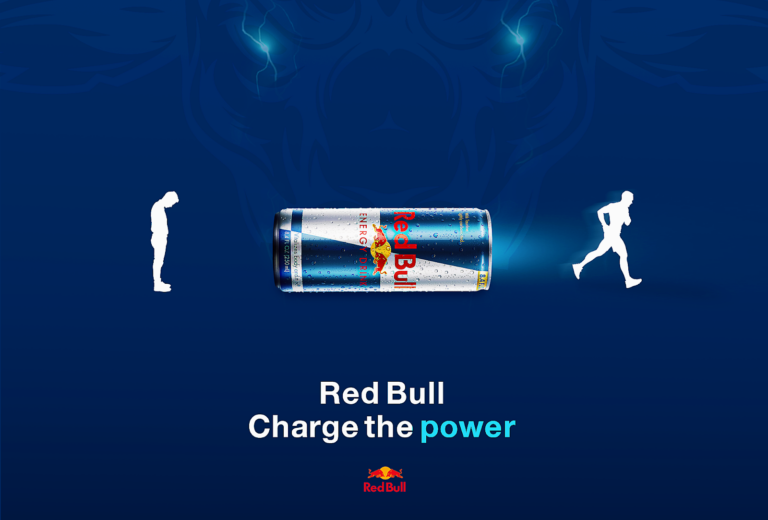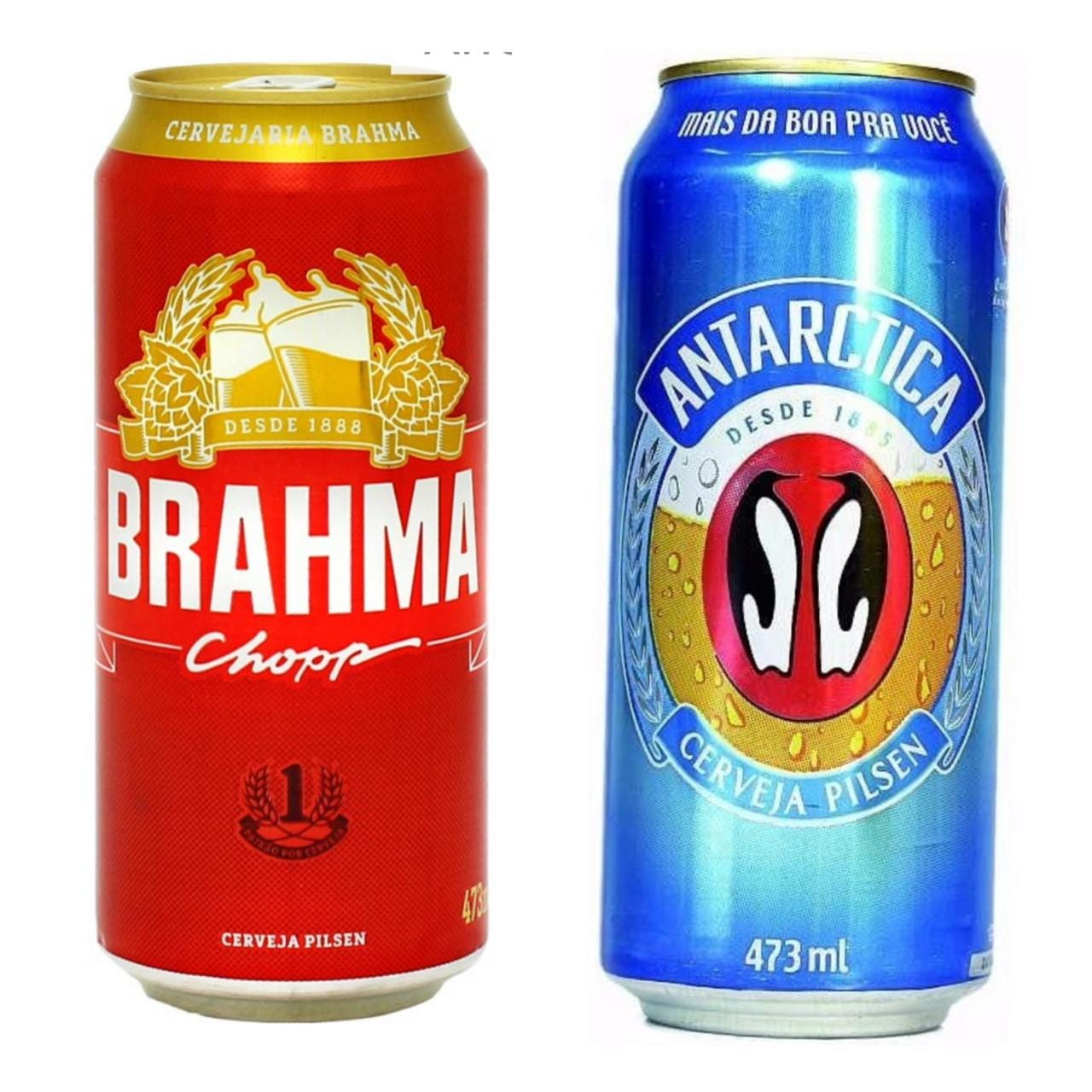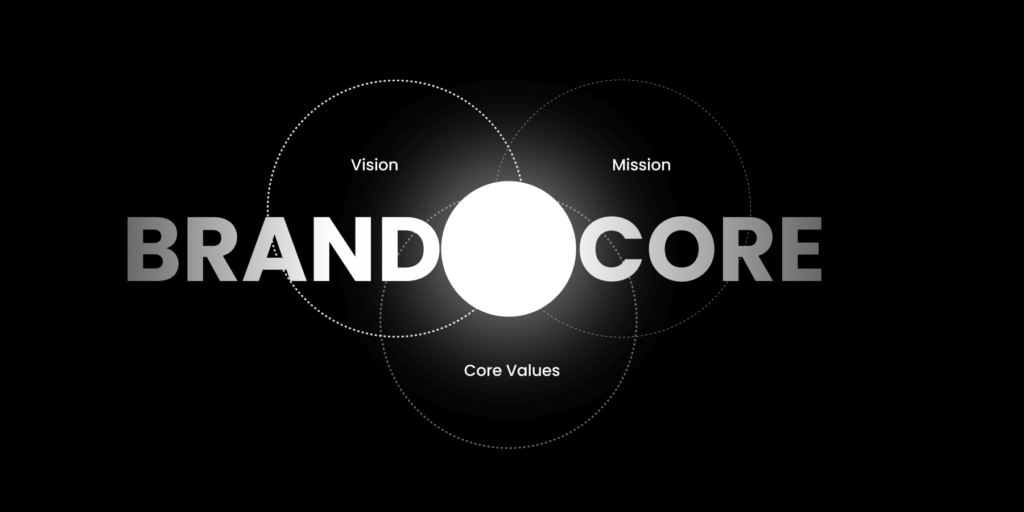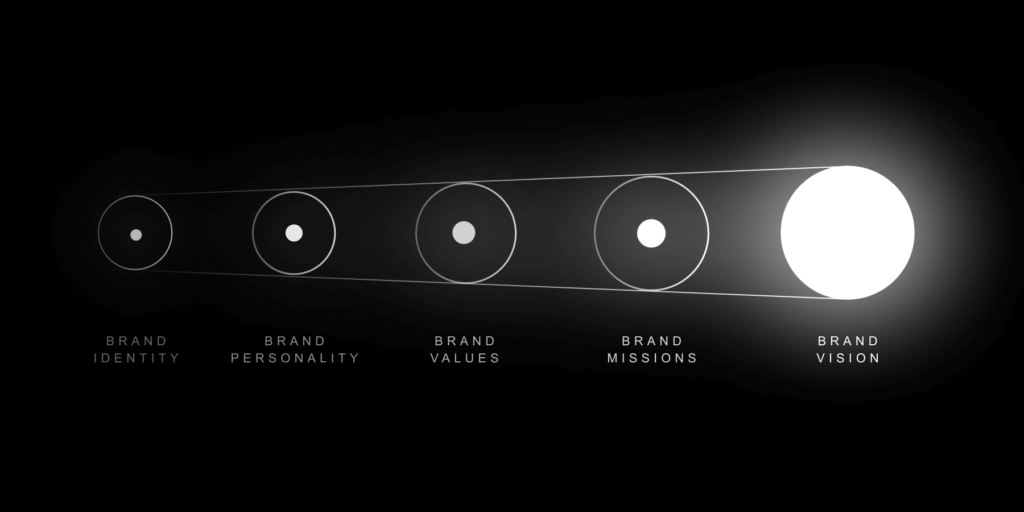Brand Positioning – Your Brand’s Sweet Spot Formula
Brand Design, Business, Education . June 21, 2024 .10 Min Read
What is it? Brand Positioning is putting your Brand in the customers’ minds in a way that is different from competitors and more interesting for your target.
Does Brand Positioning work for small businesses?
Since its creation, Brand Positioning has been used to market big business. The reason is simple: it requires advertising (and PR), so it requires money, millions of dollars.
But today, with online advertising available for a few dollars to any business, everything changed. Even small and very small businesses can use Brand Positioning. And clearly, it works for small businesses.
Is there any manual or formula for creating brand positioning?
Yes, from the book “Brand Positioning Formula by Marco De Veglia” we will learn the 4 steps of the Brand Positioning Formula, the system they have created to put Brand Positioning into practice.
- Step 1: Define the context
- Step 2: Find the Differentiating Idea
- Step 3: Test the Differentiating Idea
- Step 4: Brand Positioning Statement
Step 1 - Define the context
When we refer to context, we mean considering the competitors. Your unique approach may draw inspiration from other companies.
Marketing is a battle of your ideas and perceptions against the ideas and perceptions communicated by your competitors. This battle is fought in customers’ minds.
Therefore, it is crucial to understand the competitive landscape: who your competitors are and what their Brand Positioning is.
The context is composed by
- Competitors: what they do and say
- What are the customers thinking in the category in which you are competing?
- What these Customers think of your Competitors
- What do these customers think of you, your company, or your brand?
How to define the context?
Whether you’re a newcomer or a seasoned player in the market, this will work for you either way.
- Take a moment to evaluate significant brands in your industry. Consider conducting this assessment alone or, for even better insights, with your colleagues or employees.
- As an insider, it may be challenging to pinpoint competitor brands. Let’s assume that customers are unfamiliar with any brand in this category. We should view this market as untapped and move on to step 4.
- If, on the other hand, you can identify strong brands and remember them (write them down) for the evaluation you will do in step 6.
- In this step, you should identify the “important promises” that are made to customers in your market. As a player in the market, you are likely familiar with these promises. List them in order of importance, noting that there are some “common promises” shared by all competitors, as well as some “distinctive” promises that can set competitors apart. List the distinctive promises alongside the competitors’ list.
- These so-called “Common promises” are of little use for marketing as they are just basic expectations within the category—a standard that customers take for granted.
- In the “distinctive promises,” some competitors have them, or you can have them (or not). Work on finding your Differentiating Idea (see next Step 2).
- When evaluating strong competitors, consider if they are known for a distinctive promise. If the answer is yes, document the connecting line between the competitor’s name and the promise. If the answer is no, assess why you are familiar with the competitor and note the reason next to the competitor’s name.
Step 2 - Find the differentiating idea
1. "Specialist" Differentiating Idea

- Notwithstanding over 270 competitors (just in the US), including giants like Coca-Cola and PepsiCo, Red Bull has 30% of the market.
- That is twice the share of the second brand, Monster Energy, with 14% (by the way, this is another specialist brand!).
- In comparison, the brands launched by Coca-Cola Company and PepsiCo have a market share of about 1/15 of Red Bull’s and shrinking.
- Red Bull has only one product. And it’s not just the energy drink specialist: it’s the brand that invented the category. (They have also a cola and a line of flavored drinks but with irrelevant market shares and no impact on the specialist image)
- You can see the mental scheme at work in the customer’s minds: “I buy Red Bull because it’s the specialist, so it will be the best energy drink.”
Ask yourself:
What can my brand be a specialist in?
2. "No.1" Differentiating Idea

- For many years, the two biggest beer brands in Brazil have been Antarctica and Brahma.
- Antarctica, with a slight edge, has long been the more renowned brand, with Brahma hot on its heels. This makes for an interesting market dynamic.
- And it was really Antarctica’s “undeclared” leadership that allowed Brahma to use the “No.1” Differentiating Idea.
- Brahma started an advertising campaign declaring itself the No.1, but at the time, Antarctica was the leading beer brand.
- But when the advertising campaign ended, Brahma really became the No.1. Customers started preferring to drink the “No.1 beer in Brazil.” Marketing and the “N0.1” Differentiating Idea modified reality.
Ask yourself:
Can I be a No.1 Brand?
3."Magic Ingredient" Differentiating Idea
People love a “Magic Ingredient”:
- The red sole for Louboutin shoes
- PageRank for Google
- Steve Jobs for Apple
If you think about it, successful brands with a “Magic Ingredient” exist in all markets.
Even the local burger place has a “secret sauce,” if you notice it.
In general, the more complex your product or your category, the better a “Magic Ingredient” can work as a Differentiating Idea.
Remember, the ‘Magic Ingredient’ is just that-magic. It’s not about explaining it, but about communicating it in a powerful and emotional way. It doesn’t have to be a tangible ingredient. It could be a unique production technique, a specific service method, or even your personal brand.
Or it can be you, a personal brand if you have the clout. Like it worked for Steve Jobs and Apple.
The most fascinating thing about the “Magic Ingredient” is that you can use it even if it’s not exclusive to you, if it’s something that is even “standard” in your market, but no competitor has used it.
The key is to be the pioneer, the first to introduce this ‘Magic Ingredient’ as a Differentiating Idea in the customer’s mind.
Let’s see a “classic” case history on the “Magic Ingredient”: Schlitz beer.

- This is a historical case history (over 80 years old) that is a classic of the “Magic Ingredient” Differentiating Idea.
- In this case, the “Magic Ingredient” was a standard production method no competitor had used before.
- In the ’20s, Schlitz beer was facing a decline in the US beer market. It was at this crucial juncture that the renowned copywriter Claude Hopkins was brought in to turn the tide.
- Hopkins studied how beer was made and found many fascinating production processes; each could have been a “Magic Ingredient.”
- When the Schlitz people told Hopkins those were standard methods in the beer industry, he said, “So what? Competitors don’t say it. You do and will own it”.
- These ‘Magic Ingredients’ were not just unique production processes but also the essence of Schlitz beer’s superiority. They included “live-steam washed bottles,” “plate-glass rooms where beer could cool without impurities,” and “4,000-foot-deep artesian wells.”
- All these “Magic Ingredients” sustained the promise that Schlitz beer was “the purest of beers.”
- So, purely thanks to Brand Positioning (well before it was defined as such) and marketing, Schlitz beer went from 15th to market leader.
Remember, it’s not always possible or necessary to have a “Magic Ingredient.” Avoid the urge to go on a hunt to find it; perhaps with time, you might naturally develop it.
Ask yourself:
Can I have a “Magic Ingredient”?
This is what you do in Step 3: test your Differentiating Idea.
Step 3 - Test the differentiating idea
Now, How? The 2 tests you must do are:
- Opposite Test
- Limits Test
1. Opposite Test
Is there anybody else with a Brand Positioning that is the opposite of yours?
If there is no competitor with an opposite Brand Positioning, you have a problem.
An effective Brand Positioning requires someone or even many others to make an opposite promise to the customer. Only in this way can you differentiate yourself and create a new category where you can be the leader.
Ask yourself:
Who is saying the opposite of this Differentiating Idea?
2. Limit Test
What limits for your Brand?
A Brand Positioning is something truly specific. A brand cannot be made up of several different things.
Why? The reason is always the mind’s limitations, which are:
- The mind is limited
- The mind hates confusion
- The mind hates change
Embrace the concept of limiting your brand. This strategic move empowers you to define your brand’s unique identity. It’s about being confident enough to say, “Our Brand doesn’t do this; we don’t serve this market.”
However, if your message is scattered, like “Our product ALPHA does X, Y, and Z,” it can create confusion in your customer’s mind. This can weaken the believability of your message and dilute your brand’s positioning.
A famous direct marketing letter that has been written for American Express starts like this:
“Quite frankly, the American Express card is not for everyone.”
The American Express card is more expensive and has a more complex approval process compared to all the other credit cards. Hence, it is not given to anybody because it won’t be as profitable. American Express admits this limit, which strengthens its Brand Positioning as “the credit card for the rich.”
Ask yourself:
What limits does this Differentiating Idea?
Step 4 - Brand Positioning Statement
The final step.
The Brand Positioning Statement is an internal tool used to manage brand positioning within the business.
The 3 things you must always keep in mind are that brand Positioning shall be communicated, communicated, and communicated—always and constantly, without any “creative” variation.
- How can you remain focused on your Brand Positioning?
- How can you know if a message is right or wrong?
- How can you teach your Brand Positioning to the whole company and new hires (or new suppliers and partners)?
The tool to do all this is the Brand Positioning Statement. It is a simple tool, but, for this very reason, extremely effective. Its duty is:
- to communicate the brand name
- to communicate what the product is / what you do and what is the market
- to communicate the Differentiating Idea
Now, how to create it, visit this link!
Conclusion
The Brand Positioning Statement serves as a concise way to quickly assess whether a communication strategy or proposed ad aligns with your brand. It encapsulates all the strategic thinking you’ve put into your brand and serves as a guide for implementing your brand positioning effectively.



